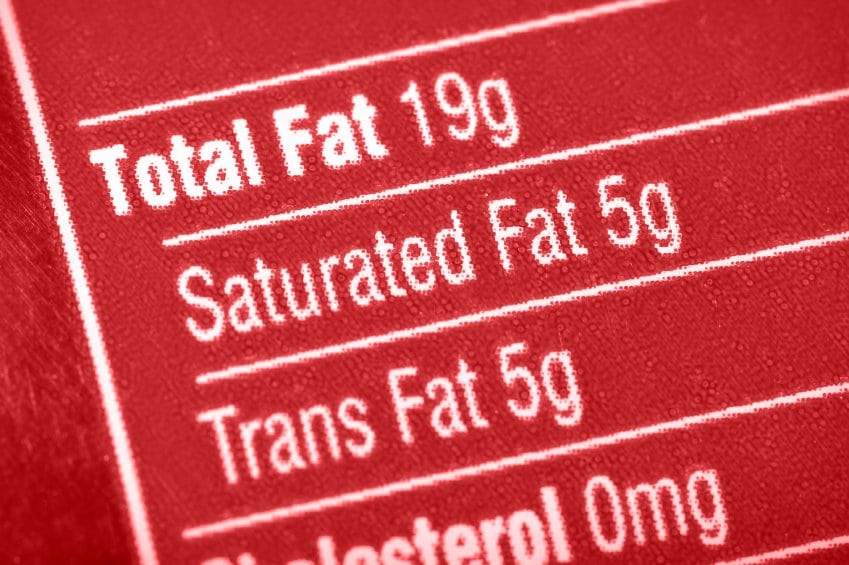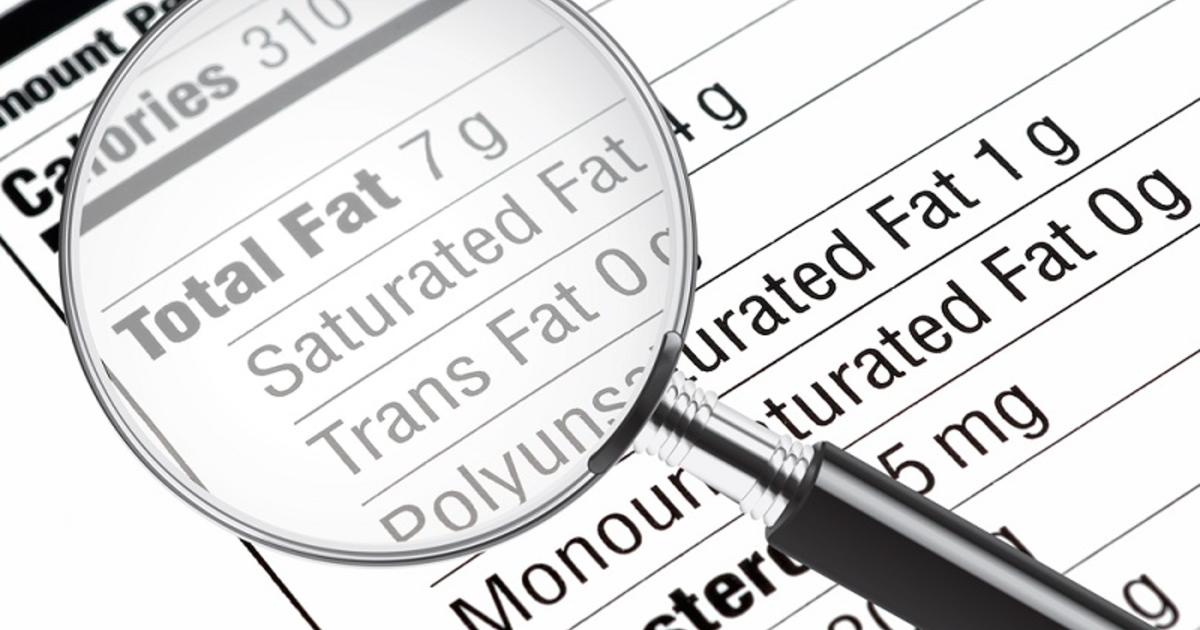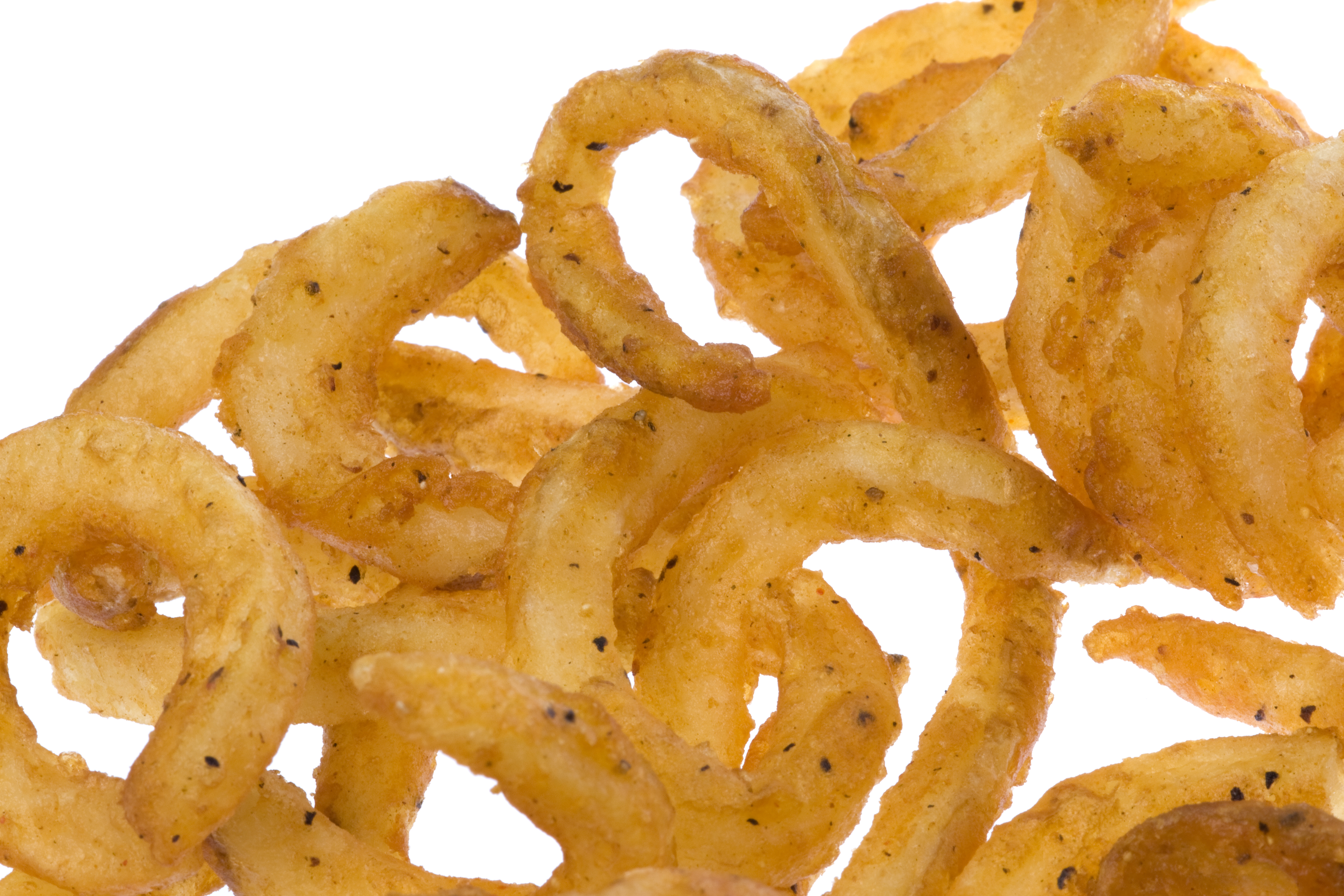38 what are trans fats called on labels
Trans Fats | American Heart Association Artificial trans fats (or trans fatty acids) are created in an industrial process that adds hydrogen to liquid vegetable oils to make them more solid. The primary dietary source for trans fats in processed food is "partially hydrogenated oils." Look for them on the ingredient list on food packages. Unhealthy Trans Fats Not Labeled on Foods - WebMD Saturated fats are the only fats given special treatment on a product's label. Yet trans fats are just as bad. They may even be worse. ... The other is a particle called lipoprotein(a), which ...
Trans fat - Wikipedia Trans fat, also called trans-unsaturated fatty acids, or trans fatty acids, is a type of unsaturated fat that naturally occurs in small amounts in meat and milk fat. It became widely produced as an unintentional byproduct in the industrial processing of vegetable and fish oils in the early 20th century for use in margarine and later also in snack food, packaged baked goods, and for frying fast ...
What are trans fats called on labels
Trans fat information on food labels: consumer use and interpretation Men and consumers under age 40 were least likely to be aware of food label information. While most consumers (75%) correctly interpreted the "0 trans fat" nutrition claim and thought foods with this claim could be healthy choices (64%), only 51% purchased these foods to reduce trans fat intake. Conclusions: Nutrition professionals should target ... What are trans fat - Science of Cooking Essentially, trans fat is made when hydrogen is added to vegetable oil -- a process called hydrogenation. Hydrogenation increases the shelf life and flavor stability of foods containing these fats. Although saturated fat is the main dietary culprit that raises LDL, trans fat and dietary cholesterol also contribute significantly. Interactive Nutrition Facts Label - Food and Drug Administration The Nutrition Facts label on food and beverage packages shows the amount in grams (g) of trans fat per serving of the food. Trans fat will not be completely gone from foods because it occurs...
What are trans fats called on labels. Trans Fat on Food Labels: Now You See It, Now You Don't That's because newly implemented U.S. Food and Drug Administration rules on labeling allow foods with less than 0.5 grams of trans fats per serving to claim "zero" grams of trans fats on their labels. Under these guidelines, which went into effect on Jan. 1, a food with 0.4 grams of trans fats can be listed as having zero trans fats. Nutrition: Trans fat - World Health Organization Including saturated fatty acid (SFA) and trans fat content on packaged food nutrition labels allows monitoring of compliance with mandatory trans fat limits and concomitant changes in SFA. Labelling provides a foundation for either voluntary programs to limit trans fat or local/national laws or regulation. FDA Trans Fat Labeling: What You Need to Know - LabelCalc According to the FDA, trans fats should appear as "Trans fat" or "Trans" on the nutrition facts panel on a separate line located directly underneath "Saturated fat." Values for trans fats must appear in grams per serving. If the value for your product is under 5 grams per serving, then you must round it to the nearest 0.5 gram. Values over 5 grams must be rounded to the nearest gram. If your product has 0.5 grams of trans fat per serving or less, it should be expressed as 0 grams ... What Are Trans Fats, and Are They Bad for You? - Healthline Trans fats, or trans-fatty acids, are a form of unsaturated fat. They come in both natural and artificial forms. Natural, or ruminant, trans fats occur in the meat and dairy from ruminant animals,...
Food Labels: Fat & Cholesterol | Home & Garden Information Center As a result, total fat, saturated fat, trans fat and cholesterol are required under the Nutrition Facts panel of food labels. Information on the content of polyunsaturated and monounsaturated fat is optional. The Nutrition Facts label shows you how much fat is in a product, even if the fat is hidden as an ingredient. Translating Trans-Fats: What They Are & Why They Can Kill You FUN FACT: The reason a hydrogenated fat is called a "trans" fat is because, in chemistry, the bond that arises with hydrogenation is called a "trans" bond. ... And, be aware, many items and foods that say "no trans fats" still have hydrogenated oils listed on their label. So use your new background in trans-fats to be smart about ... Labeling requirements of trans fats on packaged food come into effect In chemical terms, trans fat is a fat (lipid) molecule that contains one or more double bonds in trans geometric configuration. The Israeli regulations, issued on February 1 and taking effect on... What Are Trans Fats? - Definition, Sources & Examples - Study.com Shortening, the Quintessential Trans Fat Trans fats are a type of fatty acid. This is just a fancy way of saying that they are part of a fat molecule. Trans fats are found naturally in very small...
What Are Trans Fats and Why Are They So Bad? | The Beachbody Blog Trans fats have been called "stealth fats" because this type of fat can be hidden in foods that you may regularly eat. Reading food labels may not always protect you since gray areas in laws mean they might not be fully identified. Here's what you need to know about foods that contain trans fats. What is Dietary Fat? Trans Fats | Cardiac College - Health e-University Hydrogenation can also improve the texture of the product. Look for "partially hydrogenated" or "hydrogenated" oils or fats on the ingredients list on the food label. If either of these fats or oils is on the label it means that there is trans fat in the product. Learn more about reading food labels » Foods with trans fats FAT BAN: How to tell if food has trans fats | The Week UK "Fat spreads and margarines that have hydrogenated vegetable oil as an ingredient will usually contain some trans fats, although reformulation has led to significant reductions in recent years,"... Good Question: Labeling for Trans Fats and Partially ... - Kitchn This is very often listed as "partially hydrogenated oil," as Meredith mentions. At the same time, if that amount of trans fat is less than 0.5 grams, manufacturers are actually allowed to say that their product contains zero trans fats in the nutrition information. Manufacturers can also market their product as being trans fat-free.
What Exactly Are Saturated, Unsaturated, Trans, and Omega-3 Fats? This is called partial hydrogenation and the resulting fats are called partially-hydrogenated oils. You may have encountered them on food labels in the past, but hopefully you haven't seen them ...
FDA Sets New Trans Fat Guidelines on Food Labels - Prevention When it comes to food labels that list levels of unhealthy trans fats, zero plus zero doesn't always equal zero. That's because newly implemented U.S. Food and Drug Administration rules on food...
7 Foods That Still Contain Trans Fats - Healthline Trans fats are a form of unsaturated fat, which can be classified as either natural or artificial. Natural trans fats are formed by bacteria in the stomachs of cattle, sheep, and goats. Beef, lamb,...
Trans Fat | FDA Most of the trans fat in the foods we eat is formed through a manufacturing process that adds hydrogen to vegetable oil, which converts the liquid into a solid fat at room temperature. This process...
What Are Trans Fats? Food Sources, Decoding Labels - WebMD If the Nutrition Facts label says the product has "0 g trans fat," that doesn't necessarily mean it has no trans fats. It could have up to half a gram of trans fats per serving. So check the ...
Small Entity Compliance Guide: Trans Fatty Acids in Nutrition Labeling ... Trans fatty acids should be listed as " Trans fat" or " Trans " on a separate line under the listing of saturated fat in the nutrition label. Trans fat content must be expressed as grams per...
Trans, Unsaturated, and Saturated Fats - What do they mean? By: Silvia DiPaola, Contributing Writer On any common food label, you may see the words "no trans fat," "high in unsaturated fats" and "low in saturated fats." What exactly do these terms mean? The difference lies in the chemical structures in each that give them their distinct properties. Let's begin with saturated fats. All fats are a part of the biological macromolecules group ...
Trans Fats, Health and Nutritional Labeling of Foods Since 2006, food manufacturers have been required to include trans fat content information on the Nutrition Facts label on the packages. Currently, food manufacturers are allowed to make "trans free" or "no trans" claims if the amount of trans fat in the product is less than 0.5 g trans fat per serving.
Expert calls for change in trans fat labelling -- ScienceDaily Expert calls for change in trans fat labelling. Not all trans fats are created equal and it's time for nutritional labels to reflect that reality, says a Canadian nutrition expert. According to a ...

Trans Fat Is Hiding In Your Food Despite '0 Trans Fat' Labeling: Stick To Real Food For Your ...
What are Trans Fats, Trans Fat Dangers, Foods, Trans Fat Ban - Diabetes Trans fats are also known as 'partially hydrogenated oils/fats' or 'shortening'. Dangers of trans fats Trans fats are known to raise cholesterol and therefore increase the chances of: Developing heart disease Strokes Liver dysfunction Type 2 diabetes Alzheimers Trans fats have also been shown to be linked with infertility in women.
Interactive Nutrition Facts Label - Food and Drug Administration The Nutrition Facts label on food and beverage packages shows the amount in grams (g) of trans fat per serving of the food. Trans fat will not be completely gone from foods because it occurs...
What are trans fat - Science of Cooking Essentially, trans fat is made when hydrogen is added to vegetable oil -- a process called hydrogenation. Hydrogenation increases the shelf life and flavor stability of foods containing these fats. Although saturated fat is the main dietary culprit that raises LDL, trans fat and dietary cholesterol also contribute significantly.
Trans fat information on food labels: consumer use and interpretation Men and consumers under age 40 were least likely to be aware of food label information. While most consumers (75%) correctly interpreted the "0 trans fat" nutrition claim and thought foods with this claim could be healthy choices (64%), only 51% purchased these foods to reduce trans fat intake. Conclusions: Nutrition professionals should target ...











Post a Comment for "38 what are trans fats called on labels"